The Future of Football: Multi-Club Organisations
Football is an ever-evolving sport that will continue to change as the years go on, but there is usually a return to previous trends or patterns. Herbert Chapman’s “WM” formation originated in the 1920s but has recently returned and become the most common build-up structure for elite teams throughout Europe: the 3-2-5 structure. However, multi-club organisations are a new ideology that hasn’t been seen in football until recently, but they are now taking over the game at an unstoppable rate.
Manchester United, who are now co-owned by Ineos owner Sir Jim Ratcliffe, could become officially part of a new multi-club football group, and Liverpool’s Michael Edwards has also expressed his desire to take control of multiple football clubs. This new revolution will likely go on for years to come, and there is no going back.
What is a Multi-Club Organisation?
The most famous examples of multi-club organisations are the Red Bull Group and the City Football Group; both Red Bull and City have created organisations (or groups) where one business owns several different football clubs across the world. However, a large group isn’t required for it to be effective; Brentford and Brighton are both affiliated with clubs in Denmark and Belgium, respectively, because the owners have investments in both teams. Under the new Brexit laws, Premier League (British) teams cannot buy a European player who is under the age of 18 for their academy, but owning another club in Europe means that these teams can still buy young European talents.
The City Football Group and the Red Bull group have the option to do this in South America as well; if Real Madrid owned a South American club, Endrick could have played for a Real Madrid affiliated team for the last two years, meaning he would be used to the tactics and ethos of the club.
The Red Bull group, whose sporting success supersedes just football, own four clubs:
- RB Leipzig (Germany)
- RB Salzburg (Austria)
- New York Red Bulls (United States)
- Red Bull Bragatino (Brazil)
They also own two smaller football clubs (Red Bull Bragatino II and FC Liefering) that act as B or reserve teams for the larger clubs in Brazil and Austria. This worldwide organisation has allowed Red Bull to buy and develop talents that can be transferred to the main team, RB Leipzig. Since the group’s inception in 2005, there have been nearly 20 transfers between Salzburg and Leipzig for a reduced transfer fee, allowing Red Bull to spend significantly in other areas of the club’s facilities without risking FFP struggles.
The City Football Group, the biggest multi-club organisation, own the following clubs:
- Manchester City (England)
- New York City FC (United States)
- Melbourne City (Australia)
- Yokohama J Marinos (Japan)
- Girona (Spain)
- Montevideo City Torque (Uruguay)
- Sichuan Jiuniu (China)
- Mumbai City (India)
- Lommel SK (Belgium)
- Troyes (France)
- Palermo (Italy)
- EC Bahia (Brazil)
- Club Bolivar (Bolivia)
This football organisation includes 13 different clubs, and they also have an affiliation with Istanbul Başakşehir, which will see the City Football Group “provide consultation across various footballing projects.” CFG (City Football Group) own the biggest multi-club organisation, it extends over five continents, meaning that they can make an impact across the planet.
It is our ambition to increase participation in football on and off the field, to find and develop the best footballing talent, and to deliver an exciting and forward playing game.
– City Football Group website
The benefits will be global, and football will grow even more popular than it is now, if the City Football Group succeeds in achieving this goal. There are also several advantages for the football clubs apart of this group: they get access to a worldwide scouting network, they don’t suffer continental transfer restrictions, and they are financially secure. While being the biggest club and providing the most financially, Manchester City benefit significantly from this because it allows them to sign young players from anywhere and then ensure they are developed in a good environment.
In June 2022, Troyes announced the signing of Brazilian talent Sávio from Atlético Mineiro for a fee of €6.5 million, with another potential €6 million in add-ons, a large fee for a Division 2 French side. Since signing for the club, Savio has played 0 games, with loans to PSV and Girona. After impressing at the Spanish highflyers, Sávio is now set to join Manchester City and become a key player for the current Premier League Champions. The City Football Group’s vast scouting network and multi-club system have allowed Manchester City to sign a player with significant potential, without the risk of moving him to England at just 18, while ensuring he plays regular football in a good environment.
While it may not be good for smaller clubs, the advantages of being part of a multi-club network for large teams cannot be understated, and it will only grow more important and more common.
The Ineos Football Group
The next Premier League side to become part of a multi-continental football group could be Manchester United. Ineos owner and lifelong Manchester United fan Sir Jim Ratcliffe has now been ratified by the Premier League, meaning that he owns approximately 25% of the Salford-based club but this isn’t the only club Ratcliffe owns.
Under the umbrella of his business, Ineos, he owns OGC Nice (France) and FC Lausanne-Sport (Switzerland) and has a partnership with Racing Club Abidjan in Ivory Coast. This could be the start of the Ineos Football Group, meaning Manchester United can begin to sign young players from Africa and Europe, with the desire to acquire a club in South America and Asia.
Manchester United have already been rumoured to be exploring Aaron Anselmino, looking to loan him to OGC Nice so he can develop in Ligue One and then return to the Red Devils.
While it may not be good for smaller clubs, the advantages of being part of a multi-club network for large teams cannot be understated, and it will only grow more important and more common. This is the future of football.


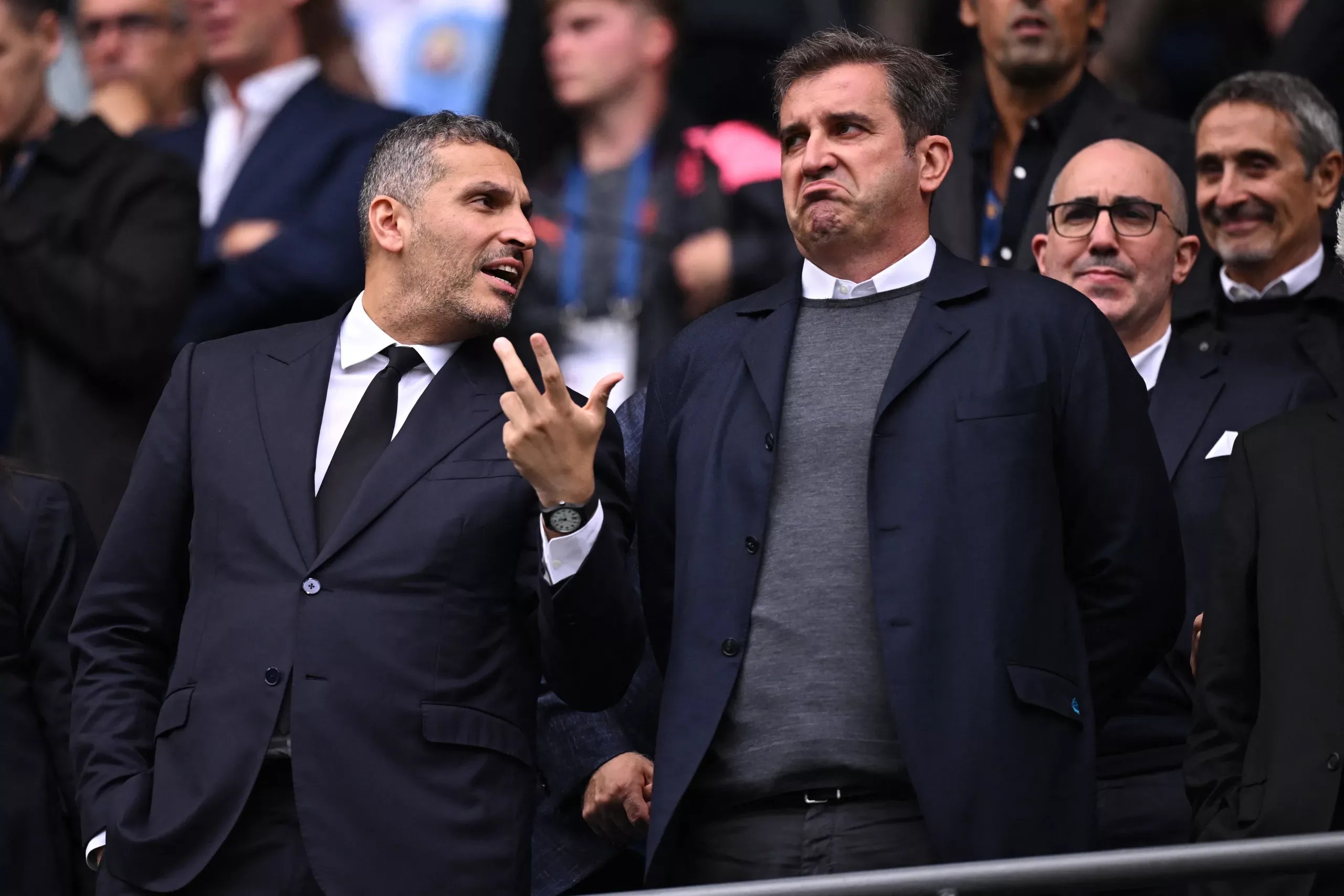

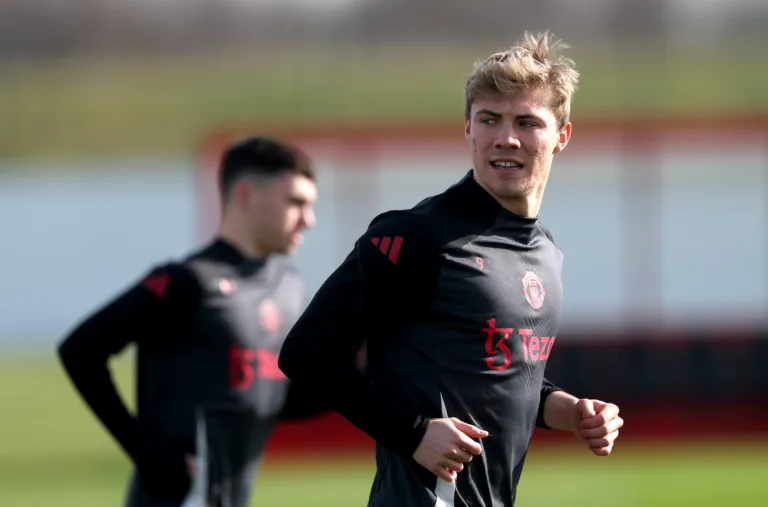
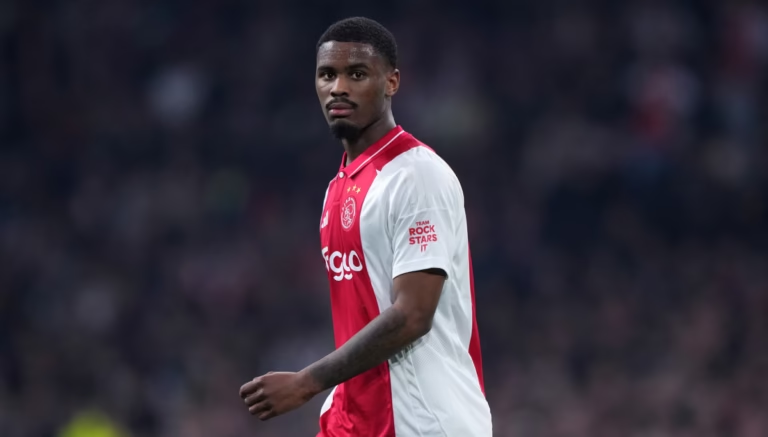
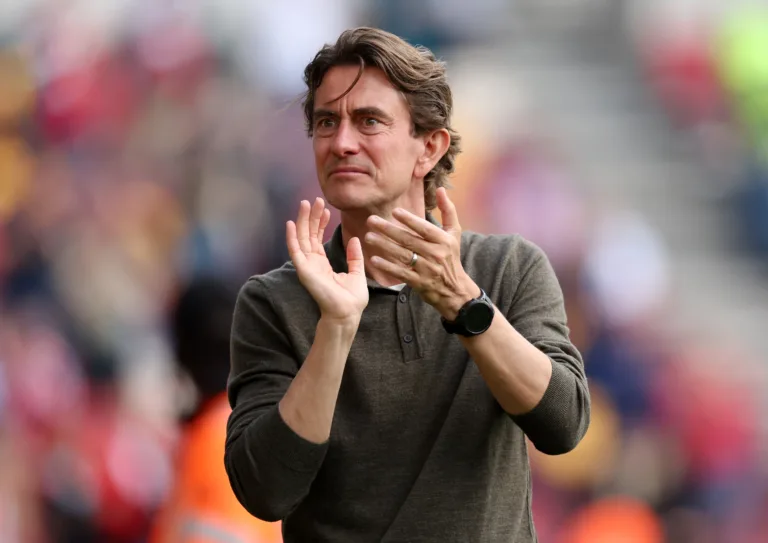
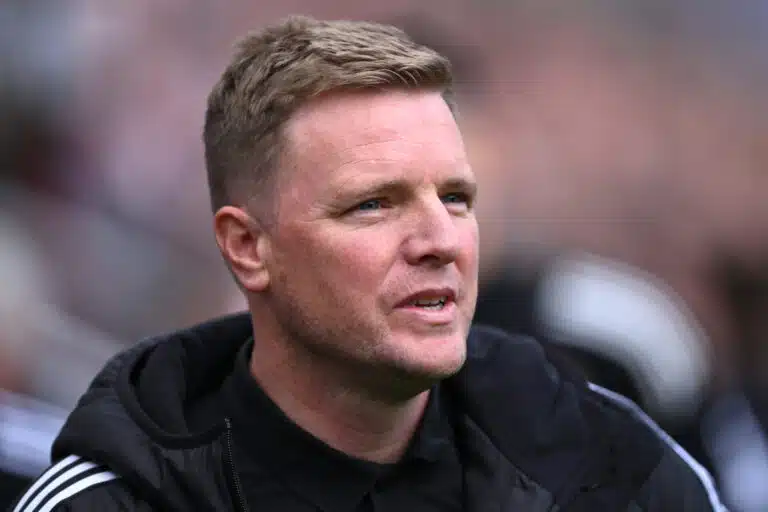
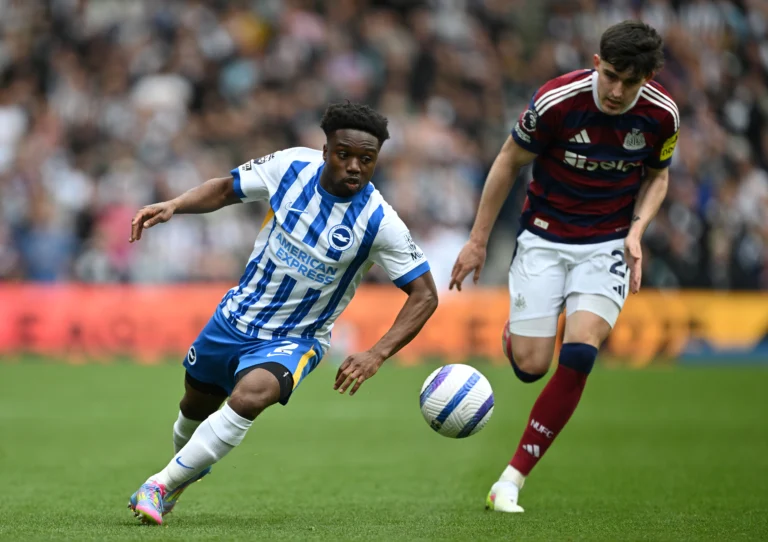
3 Comments